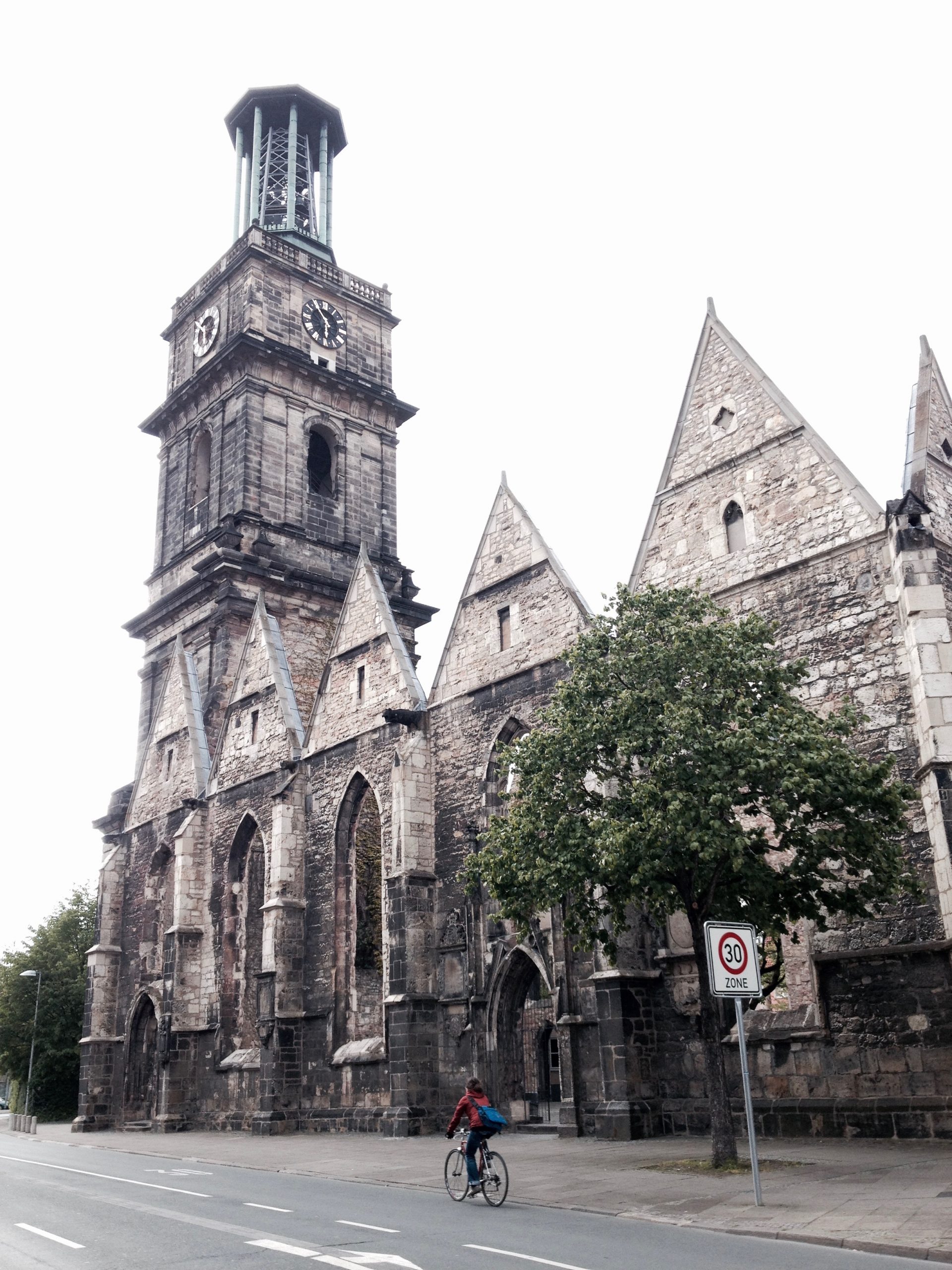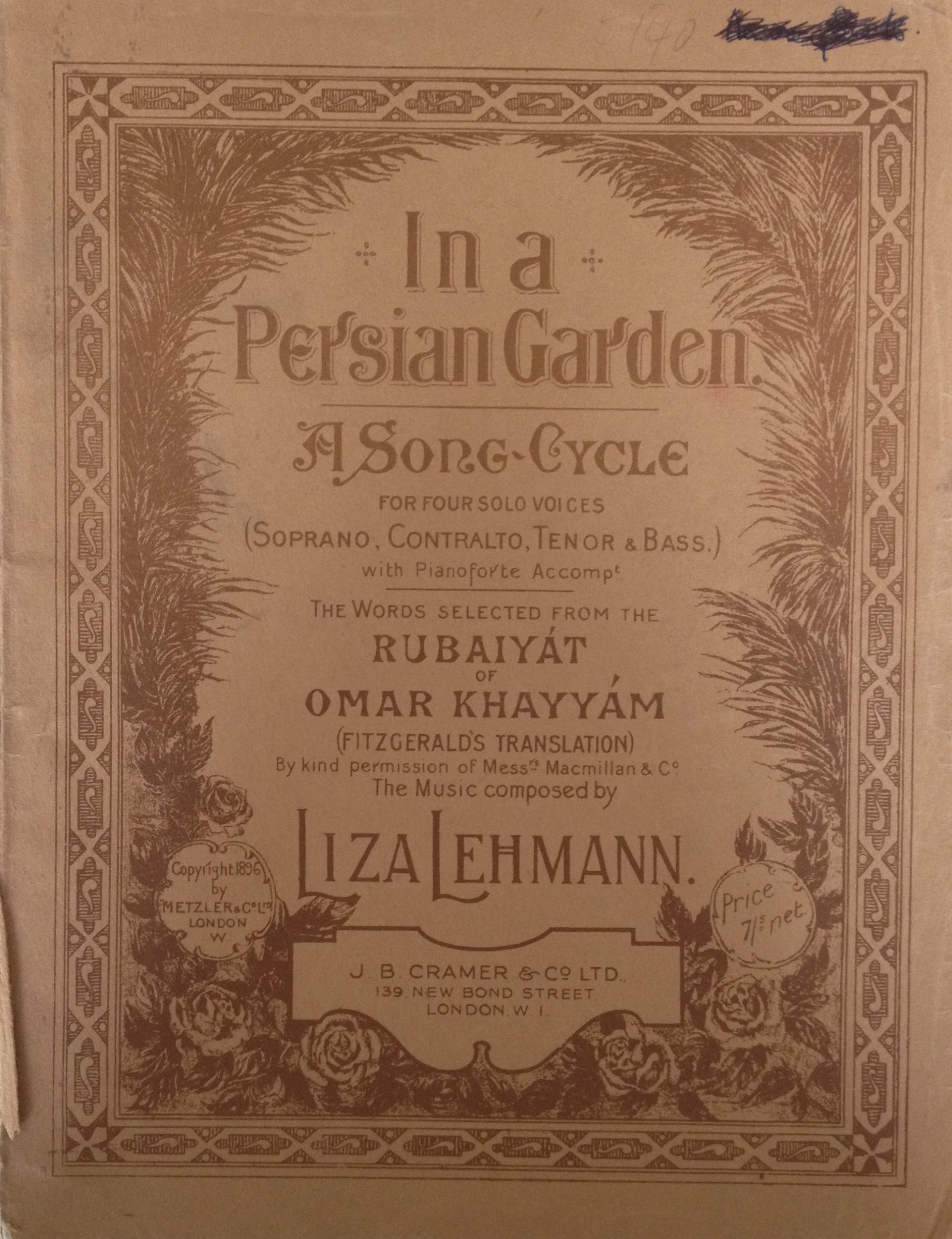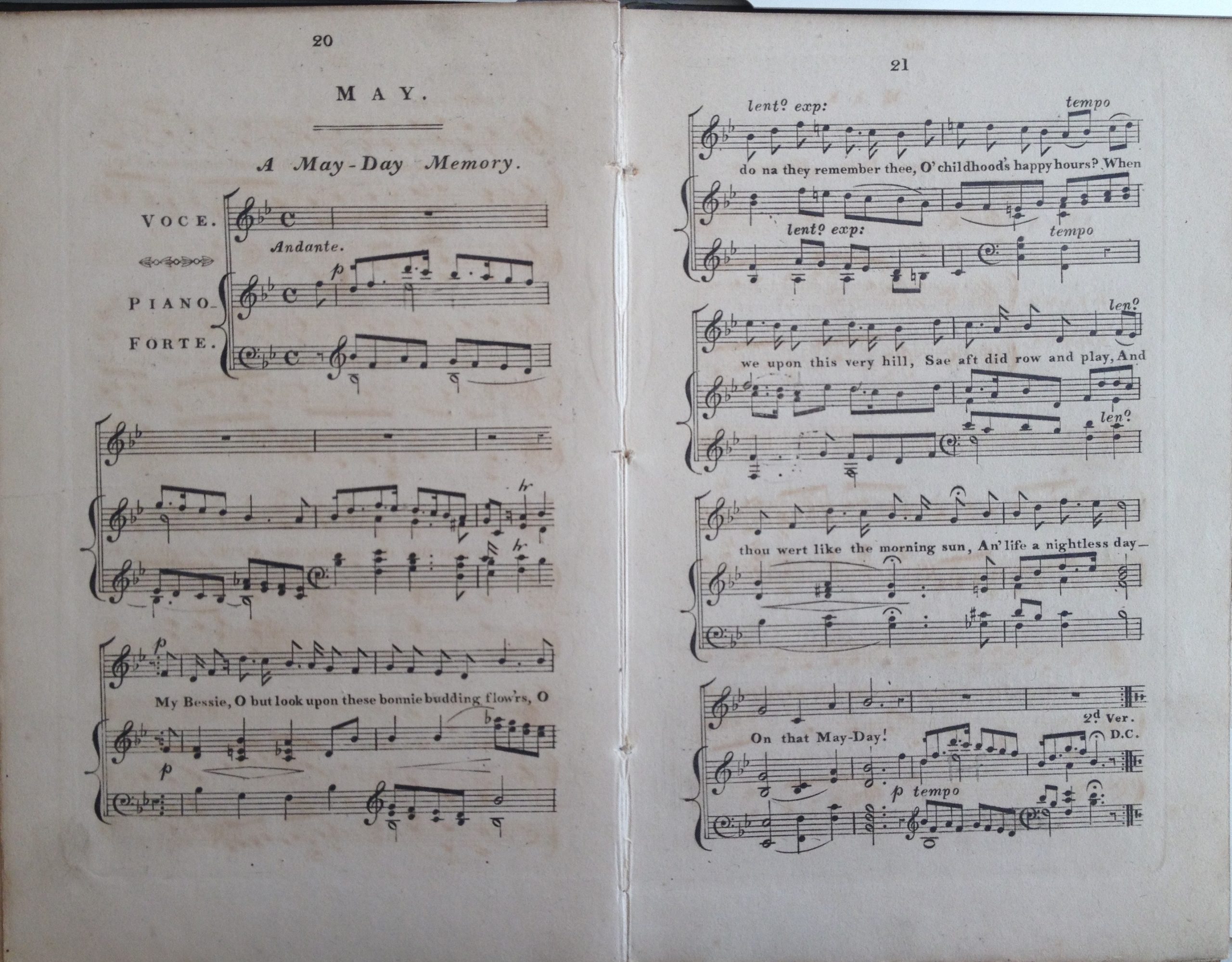Estimated reading time: 6 minutes

Aegidienkirche
Earlier this month I was lucky enough to spend over a week in Germany, including 6 days in Hannover. The city is a wonderful mix of old and new, my favourite example of this being the beautiful Aegidienkirche, now a war memorial after being destroyed during WWII, which you can find amidst a row of unassuming carpet, pet and furniture shops. There is also an impressive theatre in the centre of the city, a huge lake and park behind the architecturally striking town hall, and the unique Herrenhausen Gardens where I spent hours taking photos in the botanical garden.
Basically, I really liked Hannover – can you tell?
When I wasn’t gallivanting around the city, I was busy working at the Research Centre for Music and Gender (part of the Hannover University of Music, Drama and Media), where I was warmly welcomed by all of the staff. The centre is an amazing resource for anyone interested in music and gender research, as they have a huge range of books, journals, CD’s and scores, many of which are a rare find – let alone all in one place! I found the centre to be a very conducive working environment, largely because I felt so inspired by my surroundings. I’m going to tell you about a few of my favourite finds.

[D-HVfmg, title-leaf of Rara/FMG NO Lehmann,L (320.20).1]
‘… it is encouraging to find that a work so far removed above the commonplace (which is supposed, often with only too much truth, to appeal to the public) should have become so popular as this beautiful Song-Cycle has done.’

[D-HVfmg, title-leaf of Rara/FMG NO Lehmann,L (320.10).1]
As well as the musical qualities of the piece, it has also occurred to me that perhaps the work was so popular at South Place due to the source of the lyrics. ‘In a Persian Garden’ was based on E. FitzGerald’s translations and adaption of Omar Khayyam’s quatrains known as the Rubaiyat of Omar Khayyam, which at the time of Lehmann’s composition were still fairly recently published and extremely influential. There are debates over Khayyam’s religious beliefs, however it is known that he taught philosophy and some describe him as an agnostic hedonist. Perhaps the members of South Place interpreted the words of Lehmann’s songs with philosophy and agnosticism in mind, which may have contributed to the regularity of their appearance in the concerts, as it appealed to their ethical, rational and philosophical considerations. Lehmann’s book also reveals strong feminist attitudes, particularly when questioned by press about the women’s ability to compose. She blames inequality in education as a key reason for the lack of prominent female composers and says in one interview: ‘
‘I want to deny the assertion made by many men, philosophers and scientists that women are incapable of dealing intelligently with the abstract.’
It would be too bold to claim that her feminist attitude was a large contributing factor to her success at South Place, however the fact that many interviews and reviews commented on Lehmann’s strong personality may highlight something about the type of women who were able to become successful composers during this period.
Another item from the library in Hannover that particularly interested me goes a little further back in South Place’s history, when it was still an Unitarian society in the early 19th century with W J Fox as minister. Sarah and Eliza Flower lived with Fox after their father died. Sarah grew up to become a poet who is most remembered for writing the hymn ‘Nearer My God To Thee’, and Eliza was a musician who was speculated to be having a relationship with the married (but separated) Fox. Eliza Flower was a key contributor to the earlier hymn books at South Place, however this item was one that I hadn’t come across before. The small book is titled Songs of the Months: A Musical Garland [Flower,E (320).1] and is compiled of hymns that were written by a variety of authors, originally contributed to South Place’s Monthly Repository throughout 1834. Authors of the hymns include Sarah Flower Adams, C. Pemberton, A.Hume, Catherine Partridge, Harriet Martineau and Mary Howitt. The only reference to the composer is that the music was written by the author of “Musical Illustrations of the Waverley Novels”, “Songs of the Seasons” and “Hymn of the Polish Exiles”; only a handwritten note on the front inside cover mentions Eliza Flower by name. In the short preface (presumably written by Flower), she explains that the book is intended to be a celebration of the fluid nature of time and a way to prolong the ‘good wishes of the season’. Finding out whether or not these songs were actually used regularly during this period will take a little more investigation, as the archive contains little information from 1834, yet regardless of their success, such an initiative created mostly by women (only two authors were men) shows how early in the Society’s existence women were crucial contributors to the musical activities and the Society’s lasting legacies. (Since coming back to Conway Hall, we have actually managed to locate a copy of this item that can now be found under 720.SON in the rare books cabinet).

‘May’ from Songs of the Months [D-HVfmg, Rara/FMG NO Flower,E (320).1, page 20-21]
For more info about the Research Centre for Music and Gender please visit their website (if your German is as good as mine you can put this link into Google and click ‘translate this page’): https://www.fmg.hmt-hannover.de/ A huge collection of Lehmann’s scores, including for ‘In a Persian Garden’, can be found at the centre, as well as many recordings of her music on CD.